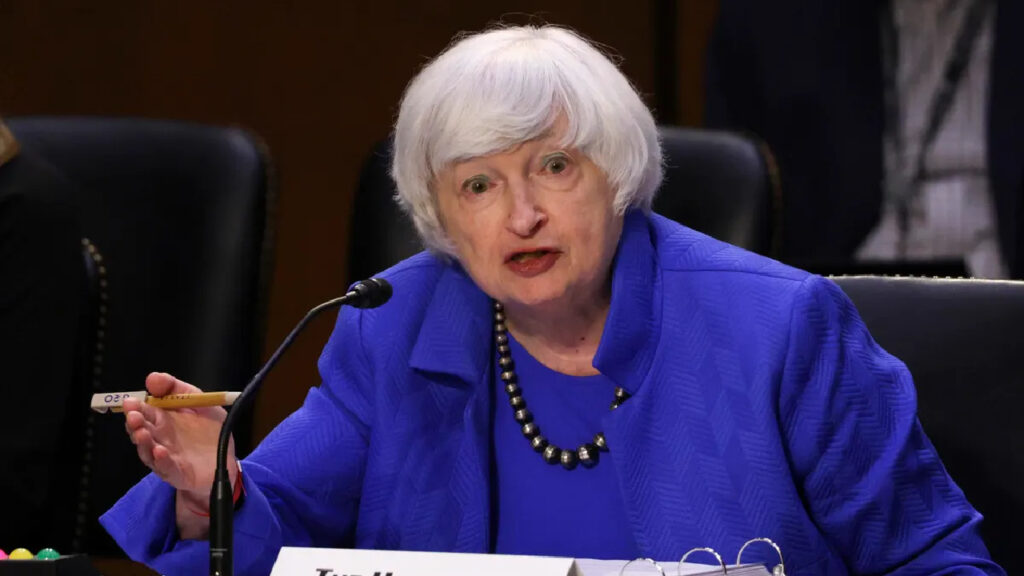The United States is on the brink of a potential US Default, only days away from the inability to meet all of its financial obligations promptly, unless Congress acts to raise the debt limit.
President Biden and House Speaker Kevin McCarthy (R., Calif.) have reached an agreement to control federal expenditures and increase the debt limit. However, this legislation faces a challenging and potentially prolonged journey through Congress.
Treasury Secretary Janet Yellen has cautioned that the US Default, or breach of the debt ceiling, could occur on June 5, commonly known as the X-date in Washington.
What transpires on June 5?
Should the X-date arrive without Congress having raised the debt ceiling, the Treasury will encounter a series of outstanding bills it may be unable to fulfill.
For instance, projections from the Bipartisan Policy Center reveal that approximately $1 billion in Medicare payments and $1 billion in payments to military contractors are due on June 5. The government is responsible for billions in payments each day.
Get Wall Street Journal 2-Year Print Subscription for $480
The Treasury has commenced collaborating with federal agencies to modify its payment systems in case it needs to postpone payments. Although the department has not divulged its exact plans, one option discussed with other agencies involves delaying payments until the Treasury has sufficient funds to cover all daily bills.
Earlier, Yellen cautioned that the US could face a cash shortage as early as June 1. In a letter to lawmakers last week, she stated that the Treasury would be able to pay the approximately $130 billion due on June 1 and June 2. However, she cautioned that the department would likely be unable to make the roughly $96 billion in payments due during the week of June 5.
Could the US Default?
That depends.
The Treasury does not need to make any debt payments until June 6 when approximately $136 billion in securities mature, according to the BPC. Ordinarily, the Treasury would simply roll over these debts by issuing new debt. While this is a routine process, if it encounters difficulties and fails to repay investors promptly, the US would default on its debt.
A payment on the debt’s interest is not due until mid-June. Default would also occur if an interest payment is missed. Additionally, a substantial amount of tax revenue is anticipated to enter the Treasury in mid-June when quarterly tax payments are due, which would alleviate its ability to meet financial obligations.
If the US remains up-to-date on its debt payments but fails to fulfill other obligations, the situation becomes more complex. Credit rating agencies such as Fitch Ratings and Moody’s have indicated that they would consider the US to have defaulted if it misses payments on the principal or interest of the debt.
Get Wall Street Journal Newspaper for $318
Nevertheless, Fitch has stated that it could downgrade US debt due to any missed payment, even if a debt default has not occurred.
Yellen has expressed that even if the US remains current on its debt payments, default would transpire if it fails to pay any bills.
“We will default on some obligation, and it’s truly an unacceptable state of affairs,” she remarked last week.
What would be the economic repercussions?
For individuals and organizations expecting payments from the federal government on or after June 5, delays could impact their ability to settle their own financial obligations. This, in turn, could put pressure on the economy and create uncertainty for Americans, particularly Medicaid recipients. The extent of the impact would depend on the duration of the delay.
The fallout would also hinge on how investors respond if the US misses payments. Investors might be less sensitive to delayed Medicare payments, for instance, compared to a debt default.

